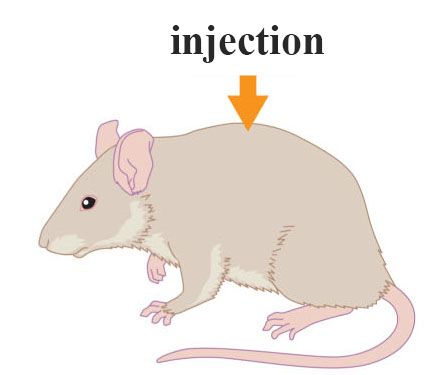What cell types would you expect to find in a sample of spinal tissue?
A. neurons and adipocytes
B. platelets and neuroglia
C. neurons and neuroglia
D. platelets and adipocytes
E. neurons and platelets
C. neurons and neuroglia
You might also like to view...
During replication, which enzyme unwinds the DNA double helix?
A. DNA primase B. DNA polymerase I C. DNA helicase D. DNA gyrase E. DNA ligase
In order for transcription to be initiated
A. DNA polymerase must have access to the DNA double helix and must also be capable of binding to the gene's promoter. B. RNA polymerase must have access to the DNA double helix and must also be capable of binding to the gene's promoter. C. DNA polymerase must have access to the RNA and must also be capable of binding to the gene's promoter. D. RNA ligase must have access to the DNA double helix and must also be capable of binding to the gene's promoter. E. RNA polymerase must have access to the DNA double helix and also must be capable of binding to the gene's operator.
The two types of vascular tissue in most plants are:
a. Lignin and xylem b. Xylem and phloem c. Lignin and phloem d. Xylem and stomata e. Stomata and lignin

A. the mouse will develop fatal pneumonia. B. live R strain will be detected in the mouse's blood C. the mouse will remain healthy. D. no live S strain will be detected in the mouse's blood E. the live S strain bacteria will lose their pathogenicity